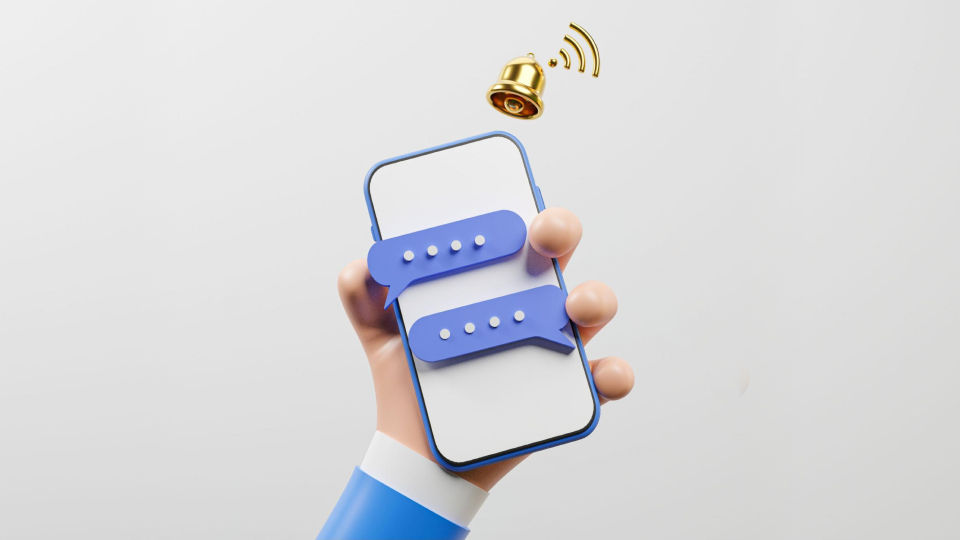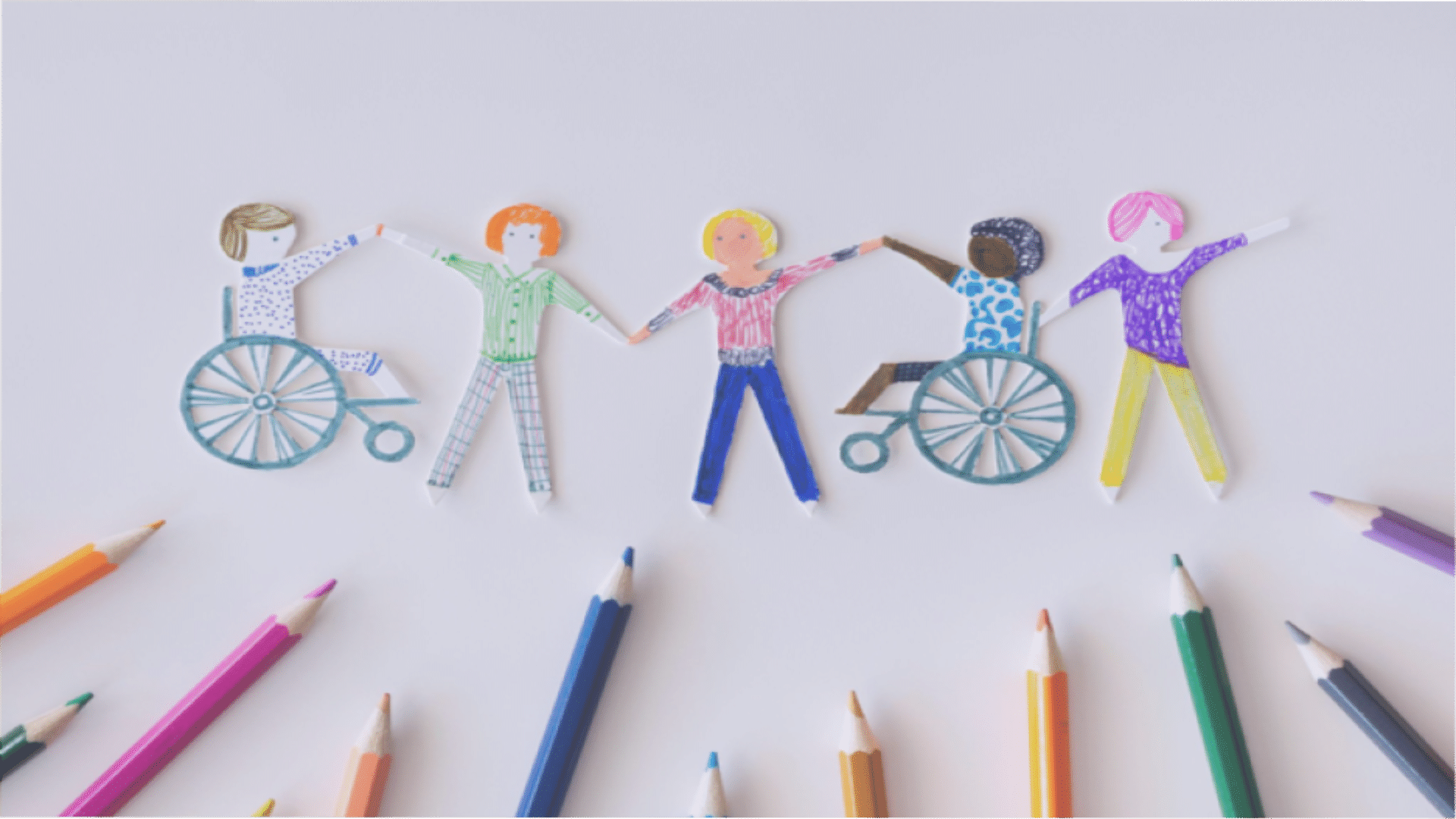The success of an online store does not only depend on a good assortment and competitive price level. The better the interaction of the buyer with the interface is thought out and designed, the less abandoned carts and disappointed people, which means the higher the conversion and customer loyalty.
10 UX Design Trends for eCommerce Online Store in 2021
We will share online stores UX design trends in 2020 that will continue to develop actively in the next five years.
- 01
Visual Search

Artificial intelligence is being used not only in robotics and high-tech devices, but also in online stores. It is taught to look for goods by appearance, as a person does. If a girl wants “exactly the same blouse as this model’s in the photo”, visual search will help to find it. Using smart algorithms, it will select suitable items from the assortment and offer them to the user.
What will happen next?
Large stores with a large assortment and aggregators will introduce visual search on their sites. Whoever does it faster will get an increase in conversion and an influx of loyal customers.
- 02
Similar Products

Most often, the “Similar products” block is selected manually or generated automatically from the same product category, taking into account one or two parameters. Both options are not ideal. Manual selection takes a lot of effort, and automatic selection is far from perfect. New technologies and artificial intelligence will help here again. The same visual search will make collections of similar products much better.
What will happen next?
Artificial intelligence will create collections of similar products, relying on the information that the site knows about the visitor. It will be based on visual search, analysis of viewed pages, previous purchases, viewed products, etc. The user will find it increasingly difficult to leave the site without making a purchase.
- 03
Virtual fitting rooms

How to try on clothes from an online store without waiting for a courier? Progressive online retailers are opening virtual fitting rooms. For example, in the Lamoda app, you can try on sneakers today.
What will happen next?
Soon it will be possible to try on everything online - from a hat to a dress. The fitting room will not only show you if the outfit is right for you, but will also select the sizes. Most likely, large stores and aggregators will get used to trying things on, and people will make more and more online purchases, because they will be sure that the product will fit and they will not have to re-order.
- 04
Virtual makeup

Martin Scorsese rejuvenates Al Pacino and De Niro in The Irishman, and regular Instagram users grow their ears and turn into aliens using masks in Stories. Cosmetics stores are not lagging behind and offer users to make a virtual make-up by choosing suitable decorative cosmetics. Such services are already offered by Mary Kay, NYX and others.
What will happen next?
On online stores and beauty salons websites,, it will be possible to try applying not only makeup, but also nail polish, a new hairstyle and even treatments for rejuvenating and changing appearance.
- 05
Voice control
Voice interfaces are increasingly penetrating our lives. “Alice” from “Yandex” controls the smart home, Alexa from Amazon helps to shop over the Internet, Google Assistant commands the phone and makes purchases in online stores.
What will happen next?
Voice search and navigation will appear on the sites. Having opened the site, the user will be able to command: "Find a red lipstick under 20 euros" - and all products for this request will be found.
In addition to text assistant bots, there will be voice virtual consultants. They will be able to help users in various matters - from the selection of goods to the resolution of difficult situations. Perhaps voice assistants will also announce special offers from stores.
- 06
Single channel of interaction
Users are constantly switching between their devices. You can start watching a movie on Netflix on your laptop in the morning, continue on your mobile phone on the way to work, and watch it on your tablet in the evening in your country house. Therefore, UX professionals consider the user experience with different devices as a single process in which all channels of interaction with the product are a single whole.
The transition from one device to another should be comfortable. The system must remember the user and the place where they left off the last time. To design a continuous switching process between devices, a CJM has been created.
Customer Journey Map (CJM) not only shows customer switching between devices, but also reflects other channels of interaction with the company / product, including phone, email, points of sale, shipping, and more. CJM is used to design a comfortable interaction between a customer and a company, as well as to remove barriers to a successful purchase.
What will happen next?
More and more companies will start to implement CJM in their practice.
It will become obvious to many that it is necessary to make the transition between devices almost imperceptible, and the basket of goods should wander between them without authorization.
- 07
Video channels and video reviews

If you look at Google's search results, you'll notice that sometimes videos are ranked significantly higher than websites. For example, you have an online sneaker store and a YouTube video channel with model reviews. According to one of the queries, your site may be on the 4th page of results, and the video, on the contrary, will be at the top of the first. This is because Google prefers to prioritize its services in search results and they should be used.
According to Cisco, by 2022, video traffic will occupy 82% of all IP traffic, and users will increasingly prefer video content. Customers will actively watch video reviews and product reviews before making a purchase.
What will happen next?
Stores will start to use video reviews more often on their sites, making them themselves, as well as collaborating with video bloggers and allowing customers to post video reviews.
- 08
View products in 3D
When buying a product, a customer would certainly prefer to examine it carefully and make sure that this is exactly the thing that they need. More and more online stores add product viewing in three dimensions to the site, simulating human interaction with the product in an offline store. Now 3D viewing can be done from regular video. It is enough to find it on YouTube and use simple transformations to turn it into a 3D image that can be rotated with the mouse.
What will happen next?
3D shooting will become cheaper and more affordable. Many 3D models will appear on the Internet that can be easily installed on your website. Manufacturers will film their products in 3D and provide them to sellers for installation on the site. Many budget online services will open up that will help you quickly create 3D images.
- 09
Website personalization

People are pleased when the seller distinguishes them from the crowd of other buyers, communicates only with them and selects the product on the basis of their needs. Large online retailers continue to move towards website personalization and increasing conversions.
For example, the home page of a French travel agency website has been personalized with a submenu. It pushed forward content that matched what the user had previously searched for on the site. As a result, engagement rates have grown almost fivefold.
What will happen next?
Websites will adapt to each client. Even on the first visit, they will immediately adjust to the user, knowing where they came from and with what request. As you use the site, it will be rebuilt, showing information of interest to the client. For example, Yandex.Zen already now selects news and articles for the user based on their interests.
- 10
Family accounts
Large IT companies such as Google, Yandex and Netflix have realized that it is convenient for people to use services with the whole family. Netflix has multiple profiles on one account, each with their own favorite movies, homepage, and recommendations. Yandex proposes to create a family account for Yandex.Taxi so that relatives can use one bank card. Google allows you to set up YouTube family sharing. Online stores are beginning to introduce this practice.
What will happen next?
Family accounts will become standard practice. They will allow you to place orders on behalf of different people with delivery to different addresses, but accumulate points and bonuses in one place.
Over time, aggregators will appear, where you can enter different online stores using a single password and login. Credit cards can also be linked to accounts. This will make management more convenient and will also help older family members to shop.
Conclusions
Business does not stand still. If you want just to keep your position, you need to run fast, and to surpass your competitors, you need to run twice faster.
Artificial intelligence and virtual reality will be used in 2020. Search engines will improve search engines by better ranking online stores with real reviews, video content, and informative articles. User-friendly websites, good service and environmental care will be more relevant than ever.





















